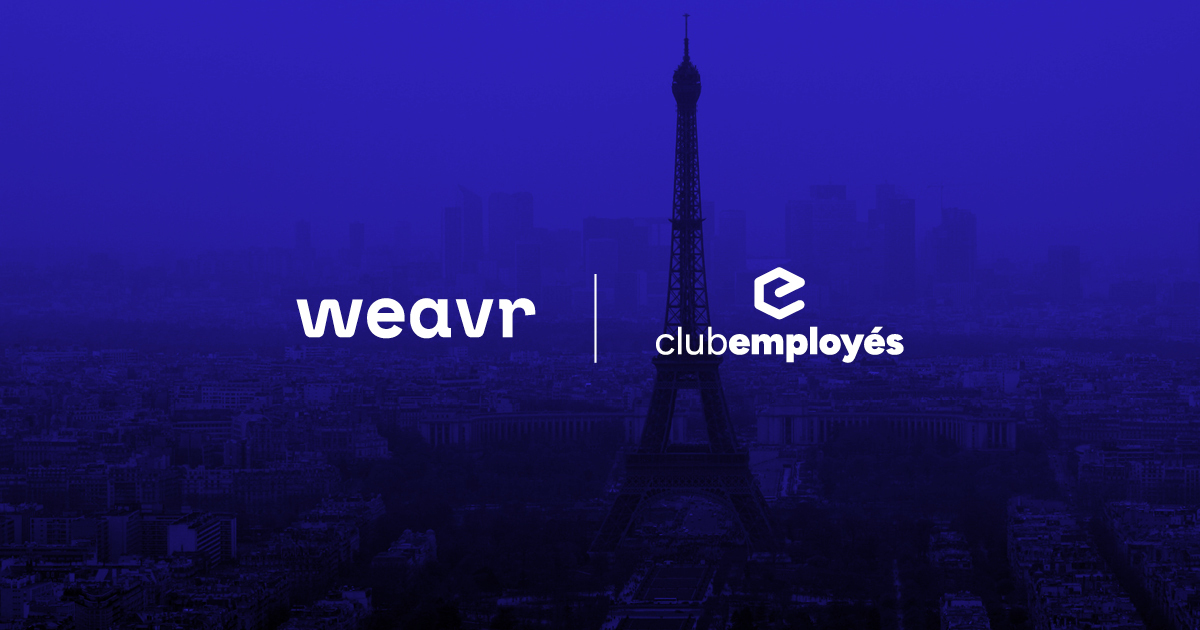Proptech innovators are transforming the way we find, buy and rent property, connecting customers with property owners and eliminating some of the stress that has plagued the industry.
But when it comes to payment, many of those platforms still operate in a traditional way. The systems in place remain dominated by manual processes, and they struggle to handle things like multiple payment flows and accurate rent tracking in a way that’s intuitive for users.
For proptech platforms to remove that last bit of friction from the property journey, there’s a need for powerful embedded finance solutions that can bridge the gap between user experience and the complex payment flow beneath the surface
Effortlessly manage payment flows
Part of the problem for proptech platforms is that the way we live isn’t a clear-cut transaction any more. Take the rise of co-living, where groups of tenants share the rent between them and may even pay different amounts. And then there are properties where the rent doesn’t just include bills, but also gym memberships and other lifestyle services.
There are multiple payment flows that need to be managed, and traditional financial services just aren’t cut out for that. But with an embedded financial solution, platforms have the capability to easily route payments wherever they need to go.
For example, virtual cards can take a simple payment from tenants and automatically distribute it to the various services it covers. This means landlords and agencies can provide competitive tenancy offerings hassle-free, and they can scale up their operations without worrying about the extra financial admin.
Effortless management for property owners
As is the case across many industries, real estate apps and platforms boast incredibly advanced ways of analysing data and using AI to automate decisions. But the same can’t be said when it comes to payment.
With an embedded financial solution, however, landlords and agencies can have dedicated accounts to manage payments. Expenses like services and maintenance are all centralised on their account, while platforms can assign a virtual IBAN to each property to enable landlords to match rent payments with tenants and know exactly who’s paid what. Payouts are automated, and the experience for those renting out the property is elevated.
It’s not the same as the auto-reconciliation you’ll find in accounting software. That can automate calculations but it can’t automate the payments themselves. It still has to send out a notice to someone to complete the process manually. Weavr’s APIs integrate directly with that software to receive that notice instead, and the system takes care of the payment automatically.
It’s like the fuel gauge in your car — it can work out how much you have, but you still have to fill up the tank manually. With Weavr talking to your accounting software it’s like having a fuel pump that gets notified when you’re running low and fills up without anyone having to lift a finger.
Cohesion through integration
The beauty of embedded finance isn’t just that it makes payment flow cleaner — it also speeds up the process of bringing landlords, tenants and service providers together.
With Weavr, due diligence and identity verification can be integrated directly into a property marketplace, meaning users can be onboarded straight away without clearing a long, manual process. And with dedicated accounts woven into your platform, everything from property management to repairs, cleaning and concierge services can all be brought under one roof.
Embedded finance creates an ecosystem where everything is gelled together. Property owners don’t have to bounce between multiple apps or services to manage all the elements of their business because everything is centralised. It’s a one-stop shop that makes sense for everyone involved.
And of course, the easier it is for landlords and property managers to get onboard and manage all aspects of their properties using your software, the less likely they are to look elsewhere.
Previously, to build this type of superior customer experience, you would undergo a huge financial and compliance burden. You would need to engage with a plethora of institutions: Banking as a Service providers (BaaS), fraud prevention companies, AML and KYC, KYB vendors, SCA providers, BIN sponsors and many more. And it would cost you hundreds of thousands of pounds.
For all that expense, it could still take six months to take a proposition to market – if you’re lucky. Although such a project is more likely to take 9-12 months to complete.
With Weavr, that time-to-market becomes 4-8 weeks, at a fraction of the cost, and the compliance burden is taken care of for you.
Talk to us to learn more about embedding finance into your proptech platform.




